Lords of the Fallen review
The two major Soulslikes we’ve already seen this year, Wo Long: Fallen Dynasty and Lies of P, were both tough acts to follow. The former continued the fast-paced, magic, and martial arts style of the Nioh games, while the latter cleaved closer to Bloodborne for inspiration. Seems fitting, then, that Lords of the Fallen from Hexworks plants its flag firmly in the Dark Souls mud. Though technically a reinvention of Deck 13’s game of the same name from 2014, the new Lords of the Fallen has far more in common with From Software’s original trilogy.
From the character creation screen to the nine starting classes – which even includes a baseline class called the Condemned who starts with a 9 in every stat and a bucket as a melee weapon – Lords of the Fallen takes clear and obvious inspiration from not only Dark Souls but Elden Ring as well. It’s set in a dark fantasy world called Axiom, wherein humanity has conquered a cruel god called Adyr. Fearing his return, followers of the benign god, Orius, created the Hallowed Sentinels, warriors sworn to fight the darkness and prevent Adyr’s resurrection.
For centuries these heroes have elected one among them to become a Dark Crusader, or Lampbearer. Armed with a magical lamp able to peer into – or even travel to – Umbral, the world of the dead, these warriors must die time and time again in service to Orius until they finally, inevitably, succumb to Umbral. As Lords of the Fallen begins, it’s your turn to take up the Umbral Lamp, chosen or not, and face the darkness. Your main objective is to cleanse five Beacons across the land of Mournstead that have been holding Adyr at bay.
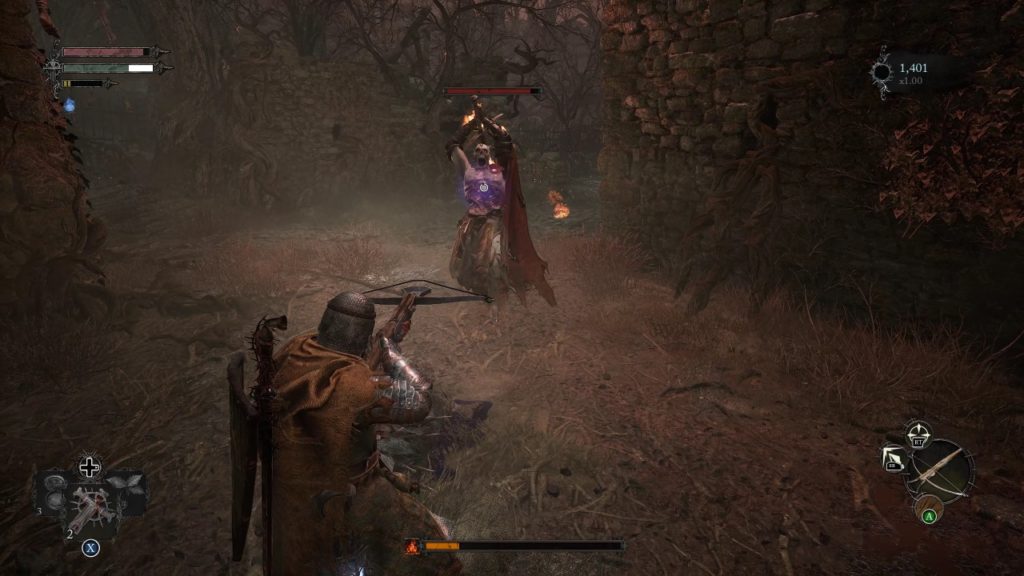
Now, if all that sounds like a hell of a stack to process, that’s because it is. But it’s also indicative of one of the major departures from the Soulslike formula: Lords of the Fallen tells its story proudly, in cutscenes and dialogue and thick blocks of flavour text. You can go hunting for deeper lore if you like, but there’s plenty on the surface to get your teeth into. Similarly to Bloodborne, you must increase one of your stats to gain deeper understanding of things you’re picking up. Sadly, this stat is Radiance – which most melee builds won’t lean into at all because, while it increases your ammo, it’s mainly for using spells.
The other major departure is the Umbral Lamp itself, which enables a dual-world system similar in form and function to Soul Reaver’s. Holding the left trigger will lift the Lamp, allowing you to see into the world of the dead. Holding X (or Square on a DualSense) allows you to create a Rift and travel into Umbral – though you’ll need to find a special effigy or a Vestige (read: bonfire) to get back to Axiom.
Within Umbral, chasms are bridged by huge networks of bone and ice-white sinew, lakes vanish so you can walk across their pale beds, and huge eyes blink out of the walls, watching you as you pass. You’ll also be hunted while you’re in there, with more and more dangerous entities coming after you the longer you stay in. Crucially though, time in Umbral increases your Vigor multiplier, allowing you to earn more XP for putting yourself at risk. It’s not as interesting a system as the original game’s XP banking, but it’s different enough to stand out.
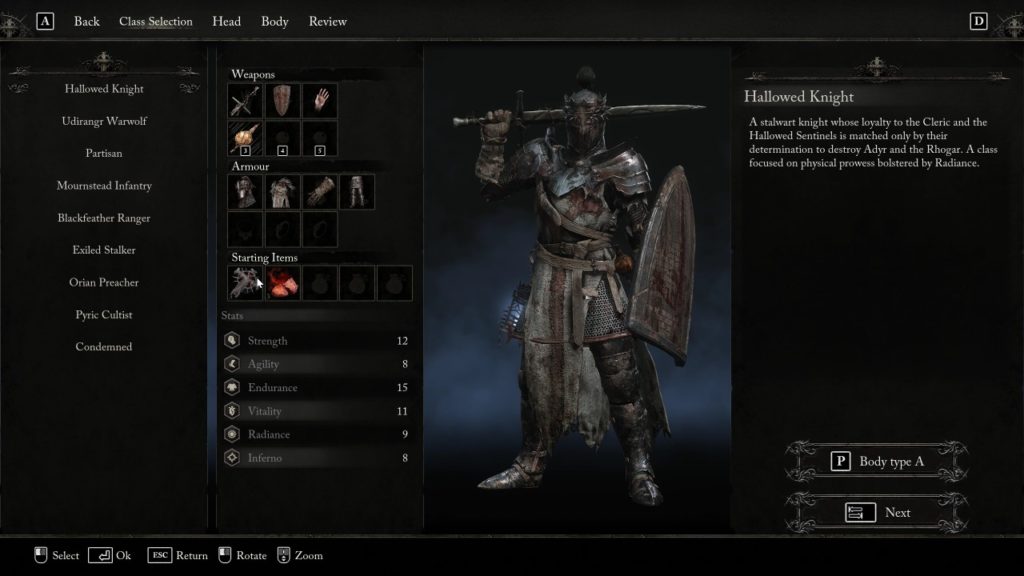
Often, you’ll need to use the power of the Lamp to clear the way, or overcome minor environmental puzzles to proceed. Weirdly, you’ll still have to face enemies from the world of the living along with the spectral beasts of Umbral. You straddle the line between both worlds, and must contend with the dangers and obstacles of both at the same time. To label this as “difficult” would be an understatement. There are times when Lords of the Fallen feels flat-out unfair.
Obviously, I’m not going to call out a Soulslike for being hard. Hard is fine. Lies of P was incredibly tough for me, but it confined much of its difficulty to the bosses, so exploration in-between was relatively stress-free by comparison. Lords of the Fallen is the other way around. The vast majority of its bosses are fairly easy, requiring simple pattern recognition and perseverance – and you’re not constantly blind-sided by bosses with second phases either. But the world between the bosses… Whoo boy. That world absolutely hates you.
There are two types of save points. Vestiges are monuments to former Lightbearers and are permanent, even to the point that you can use them for fast travel. However, they are very widespread in some areas and the run back to where you died to retrieve your Vigor can be excruciating. To balance this, you can plant Umbral Seeds to sprout a Seedling, where you’ll return to should you die in the Umbral realm. Death in Axiom simply deposits you in Umbral, afflicted with the Wither. You can only have one active Seedling at a time, and they usually appear before a boss door or in a boss room after you beat it. You have to plant the Seed yourself in an Umbral Flowerbed.
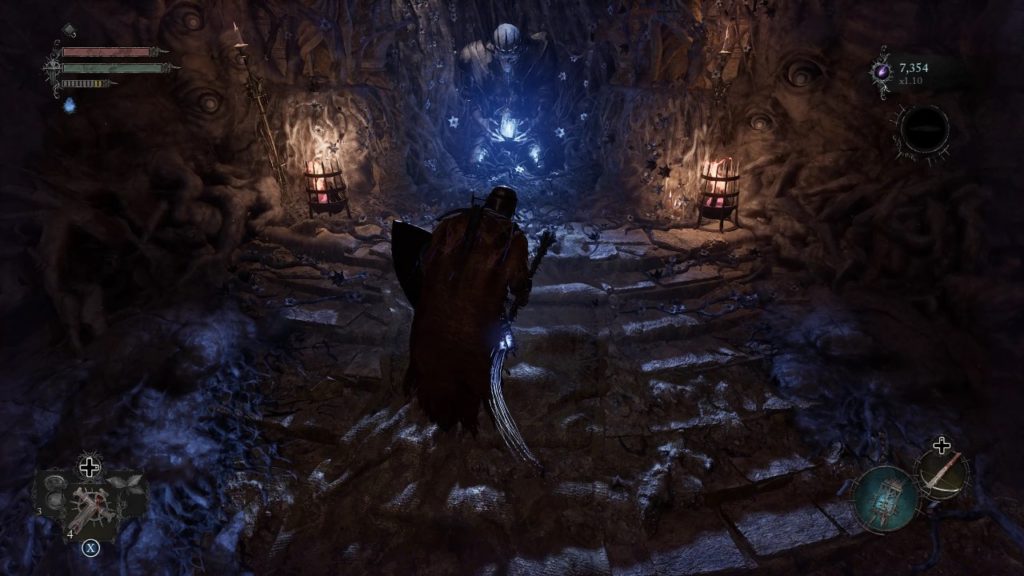
Lords of the Fallen throws a lot at you in these areas. They’re fairly linear in terms of progression, but the level design doesn’t feel nearly as tight as you’d expect. There are too many pointless shortcuts, and more than once you can take a route after beating a boss that leads you back to an earlier area for absolutely no reason. You have fast travel if you want to go back and explore, and adding extra routes back to areas you’ve beaten is confusing and unnecessary.
On top of trying to find your way, Axiom is replete with threats. Enemies often come at you in numbers, or will be clustered and barring your path. You’re equipped with a standard parry-punish, dodge-counter set-up, but the hitboxes for enemies, and you, are all over the place. Sometimes your dodge will give you insane i-frames, rendering you untouchable, while at other times an enemy blow will connect despite clearly missing you – particularly some of the bosses, who can hit you with a backswing that doesn’t exist. The Umbral Lamp can be used in-line with your parry and heavy attack to stagger foes, or even drag their soul out, slowing them and afflicting them with the Wither. It’s also worth noting that the punish window for a “Grievous attack” on a staggered enemy is disproportionately narrow.
Your starting class only determines your base stats and gear, and you can build the character however you like later – to an extent, anyway. I chose a Partisan for survivability, but later found that the Orius Preacher class was perhaps more effective due to their offensive magic which, predictably, is a little overpowered. See, the best way to survive in Lords of the Fallen is to not get hit. Like, ever. Even weak, patrolling grunts can hit you incredibly hard, and have multiple moves with varying wind-ups. Which, again, wouldn’t be so bad if not for their tendency to mob you in large numbers.
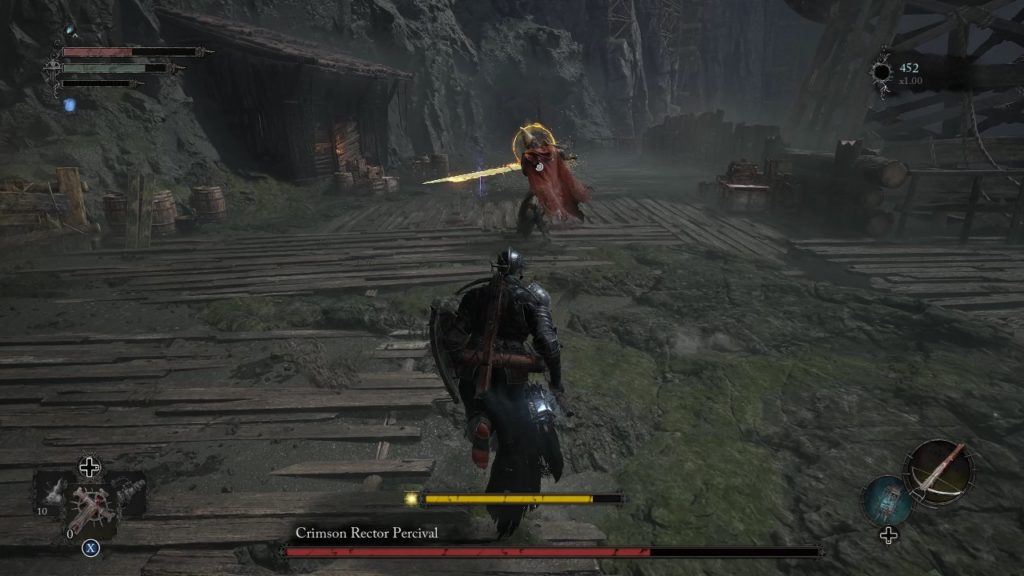
Add to this that almost every enemy has some kind of status build-up, which decimates you in this game, and that some of the areas are just ripe for rolling right off a cliff with your massive dodge rolls. Later, it begins to punish you for picking up items, as huge beasts will burst from the ground, remove two-thirds of your health, and dump you in Umbral. This occurring sparingly is tense and effective, but when it starts to happen with irritating regularity it just becomes a pain. Even after levelling up your Vitality massively and equipping heavy armour with strong defence stats, you remain incredibly squishy.
The combat and magic system works fairly well, though, despite a few hang-ups. Spells are cast through Catalysts, while you can also equip a ranged weapon if you’re not a caster. This does restrict you though. You can’t create a magic-slinging archer for example, as you use the same slot for ranged weapons, thrown weapons and magic and you can’t mix them. You have to unequip your catalyst to hold bombs, for example – and bombs, spells, and ammunition all drink from the same pool; Mana for casters, ammo for everyone else. It’s restrictive, and means you can’t just build any character you can imagine. Instead, you do have to follow the path of a particular build to an extent.
Which is a problem. When compared to other Soulslikes, Lords of the Fallen struggles to deliver the same level of tight, balanced combat, regardless of your class and weapon. You can parry, which afflicts Wither, and you can gain Wither back if you retaliate, but if you take a second hit you lose the Withered portion and another chunk of health with it. In Umbral, this is even worse, as you’re always afflicted with Wither. But more than this, there’s something a little floaty about the combat in Lords of the Fallen, and the spaces you’re in don’t always feel like they accommodate open combat. You’ll hit walls a lot, or find yourself pressed up against one while the camera goes batshit crazy at the base of your character’s skull.
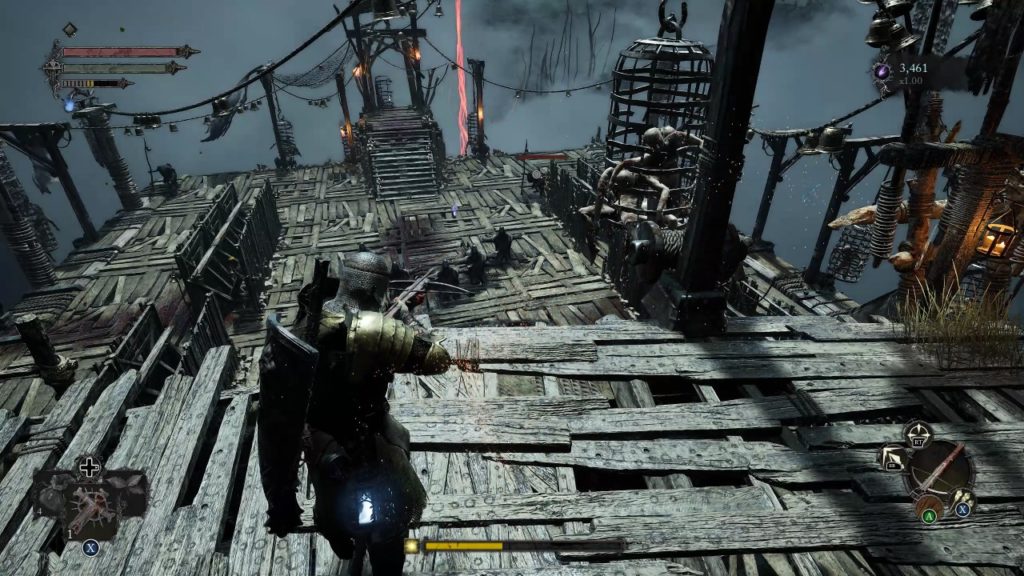
Yet there is a lot of good stuff in Lords of the Fallen. Multiplayer allows you to join with a friend or a stranger and explore together, not even kicking you out after a boss. However, you may be invaded, as the PvP element follows the Dark Souls template. You’re rewarded for engaging other players with trophies you can exchange for cosmetic dyes in the hub of Skyrest. It’s here that you’ll also build a small group of allies to upgrade your gear or sell you new items, and you’ll return often for counsel or services.
I enjoyed the characters in Lords of the Fallen. Most of the main characters can be summoned to fight with you in boss encounters, or you can engage them in conversation for lore and information in Skyrest or out in the world. There’s a lot of story to unpack and it’s delivered clearly and enticingly throughout. The trouble is, Hexworks seems determined to make you dread exploring the world they’ve created.
With tighter control of the level design and better combat balancing, Lords of the Fallen could be a genuine contender alongside Wo Long and Lies of P. Sadly, though, it suffers a little from a lack of focus. It’s an enjoyable, challenging game, and the aesthetics are out of this world. Some of the environments are stunning, while the enemy and armour designs deserve to win awards. But the combat just never feels quite right, and some of the level layouts are outright bewildering. The bosses, too, seem less interesting than we’re used to seeing – particularly in the front half.
Weird decisions like locking flavour text behind a specific stat that some players simply won’t need, or restricting you to equipping either magic or ranged but not both, do hinder the experience. Still, there’s no denying that Hexworks has done a fine job bringing the world of Axiom to life. The atmosphere is superb, and those who crave the kind of challenge rarely seen even in this genre will fall in love with Lords of the Fallen.




